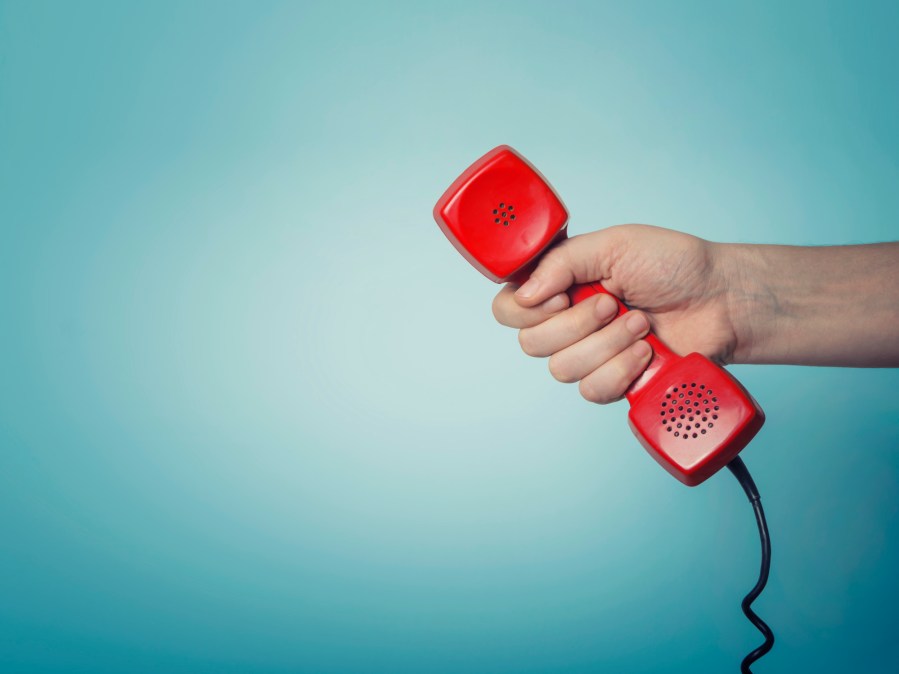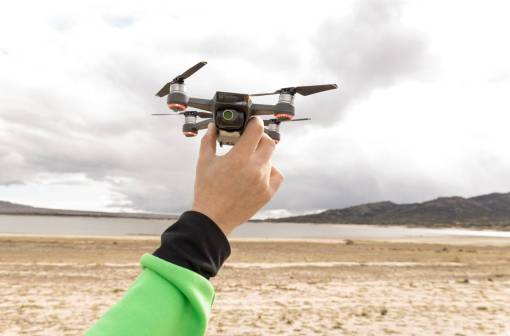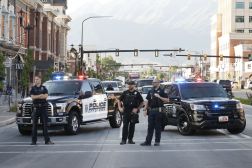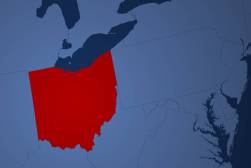FCC announces plan for new direct-to-911, location-sharing rules

The Federal Communications Commission took a small step on Wednesday toward making it easier both for people to be connected directly with emergency services and for first responders to locate 911 callers faster.
The FCC published its proposed rules showing how the agency plans to implement two new laws, the first being Kari’s Law, which requires facilities operating multi-line telephone systems, or MLTS, to enable direct access to a 911 operator without the need first to dial a number to reach an outside line. The second is a requirement of RAY BAUM’S Act, which requires the FCC to ensure a 911 caller’s “dispatchable location” is conveyed with every call, “regardless of the technological platform used.”
The FCC says it plans to bundle its 911 requirements together to ease the administrative burden on the businesses and institutions that will need to follow the new requirements, which could include purchasing or upgrading their phone systems.
To implement Kari’s Law, the FCC says it will adopt new direct-dial and notification rules governing 911 calls made from multi-line telephone systems. The new requirement is applied directly to makers of those systems, prohibiting the sale or lease of any that is not pre-configured for direct 911 access.
For one section of RAY BAUM’S Act, which is an expansive telecommunications law that allocates $672 million in funding to the agency over two years, the FCC is proposing to add dispatchable location requirements to its existing 911 rules that apply to fixed telephony providers, voice over internet protocol (VoIP) providers, and internet-based telecommunications relay services.
“Emergency calls from MLTS stations generally only provide [emergency call centers] the telephone or circuit number of the system’s outgoing trunk, and not the emergency caller’s individual station number,” the FCC’s notice of proposed rulemaking reads.
The FCC says it will also “consider the feasibility” of requiring caller locations to be transmitted from other platforms and services that can dial 911 but that are not currently governed by the agency’s existing 911 requirements. This will not include wireless calls, however, which are already subject to their own set of location-accuracy requirements.
The National Emergency Number Association, which has provided model legislation to states seeking to meet MLTS requirements, applauded the FCC’s recent rulemaking proposal.
“In a time of crisis, any caller should be able to dial 9-1-1 directly, reach a trained public safety professional, be quickly and accurately located, and obtain assistance promptly — no matter the phone or phone system,” said Dan Henry, NENA’s director of government relations. “This issue has long been a priority for NENA, and despite its successful efforts with many states, direct access to 9-1-1 is still not a reality for many of those living and working in offices, factories, hotels, dormitories, and hospitals.”
Kari’s Law was enacted in February, while RAY BAUM’s Act was signed into law as part of an omnibus spending bill in March.






